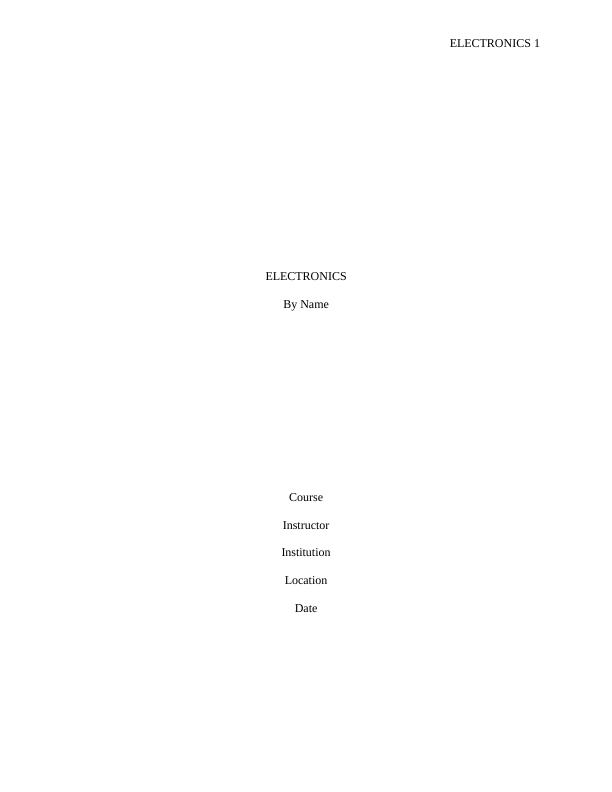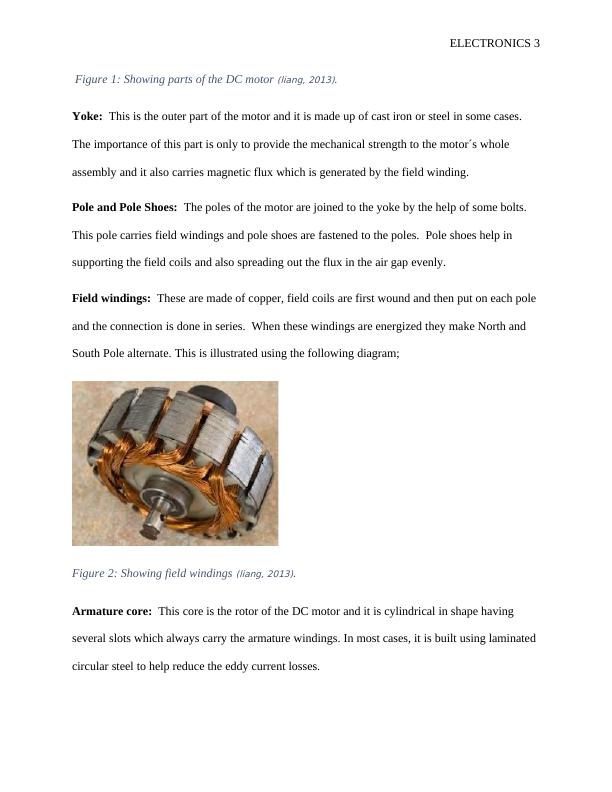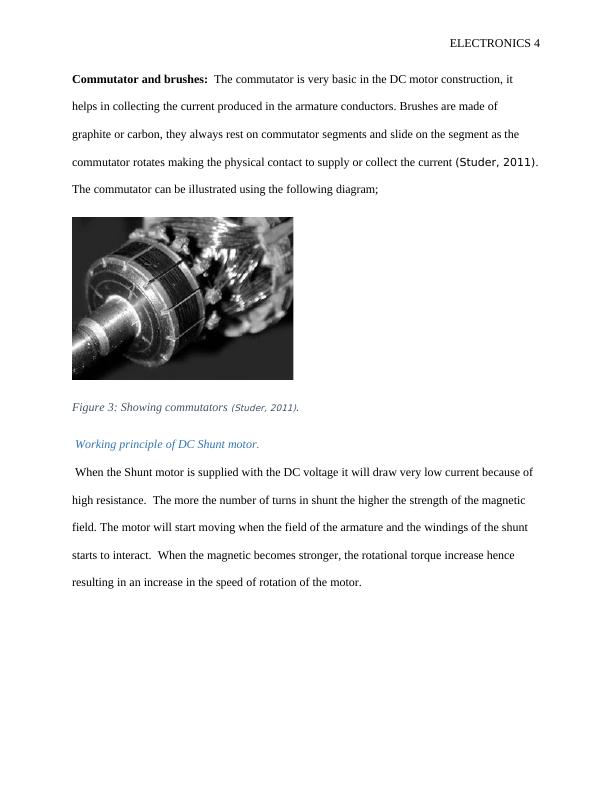DC and AC Motor Construction and Working Principle
11 Pages1409 Words332 Views
Added on 2022-11-25
About This Document
This article discusses the construction and working principle of DC and AC motors. It explains the similarities and differences between the two types of motors and how they operate based on Faraday's law. The construction and components of a DC motor, such as the yoke, poles, field windings, armature core, and commutator, are described. The working principle of a DC shunt motor is also explained. Similarly, the construction and components of an AC synchronous motor, including the stator frame, stator core, stator windings, and rotor, are discussed. The working principle of an AC synchronous motor is explained, highlighting the interaction between the stator and rotor poles.
DC and AC Motor Construction and Working Principle
Added on 2022-11-25
ShareRelated Documents
End of preview
Want to access all the pages? Upload your documents or become a member.
Classifications of DC Motors
|15
|1933
|121
DC Motor Depth Study-Report
|10
|2241
|446
Types and Construction of Generators
|7
|718
|109
Magnetism, Transformers and Motor/Generators - Study Material and Solved Assignments
|18
|2517
|478
Synchronous Machines - Types, Operation, Phasor Diagram, Torque and Power
|3
|535
|313
Theoretical Background Electrical Engineering
|9
|1452
|51




